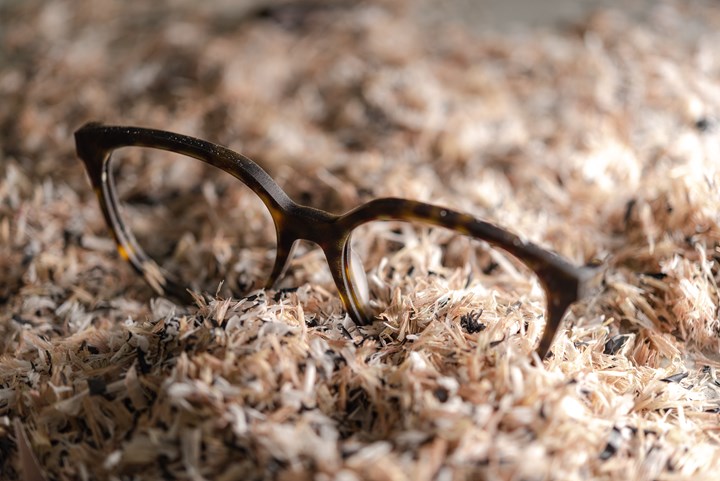
Recycling cigarette butts for use in acetate glasses
Cigarette butts are a huge source of pollution
Contrary to common belief, 98% of cigarette filters are made from plastic fibers. The plastic fiber in cigarette butts is cellulose acetate. Cellulose acetate can degrade in nature, but it can take up to 10 years for it to fully degrade! In the meantime, they lead to pollution of soil and water bodies as a variety of chemicals leach out of the butts.
Cigarette butt waste is everywhere: 99% of the 360 billion cigarettes sold have cellulose acetate (plastic) filters; at least one-third of those – 120 billion – are discarded into the environment. Washed into rivers, lakes and the ocean, and eaten by birds, animals and fish, they are the most littered item in the U.S. and the world. In the mean time 75% of smokers report disposing cigarettes on the ground or flicking it out of a car window.
Research performed under a RVO Circulaire Ketenprojecten subsidy
Together with three partners, we are tackling the problem of cigarette butts’ pollution by realizing a proof of concept to recycle cellulose acetate from cigarette butts. In a circulaire keten project (subsidy scheme of the RVO) we have teamed up with Peukenzee (organisation that collects cigarette butts and raises awareness around cigarette butts pollution), Dick Moby (manufacturer of glasses using cellulose acetate) and Egmond Plastics (plastic fabrication company). Spark904 will perform lab-scale technological development for recycling cellulose acetate.
A very good fit to our core propositions
The technological development uses our technical know-how, research facilities, analytical and spectroscopic assessments to produce a material that will have the right specifications for use in a very specific application: making of frames for glasses. The end goal of this project is to create a stable business process ready for scale-up. This fits Spark904’s core propositions to make use of university facilities and expertise in societally relevant projects.
More recent Blogs

When science meets art…

Contamination analysis: what technique(s) and methods do you need?
Let's
talk.
Together with you, we
make sure that we find
the answers.
Call us on +31 6 27080833
or use the form.

